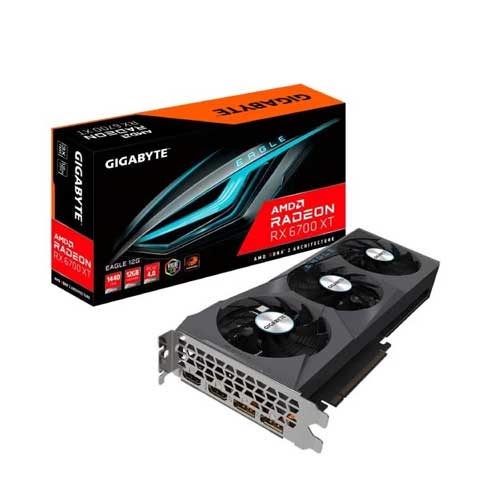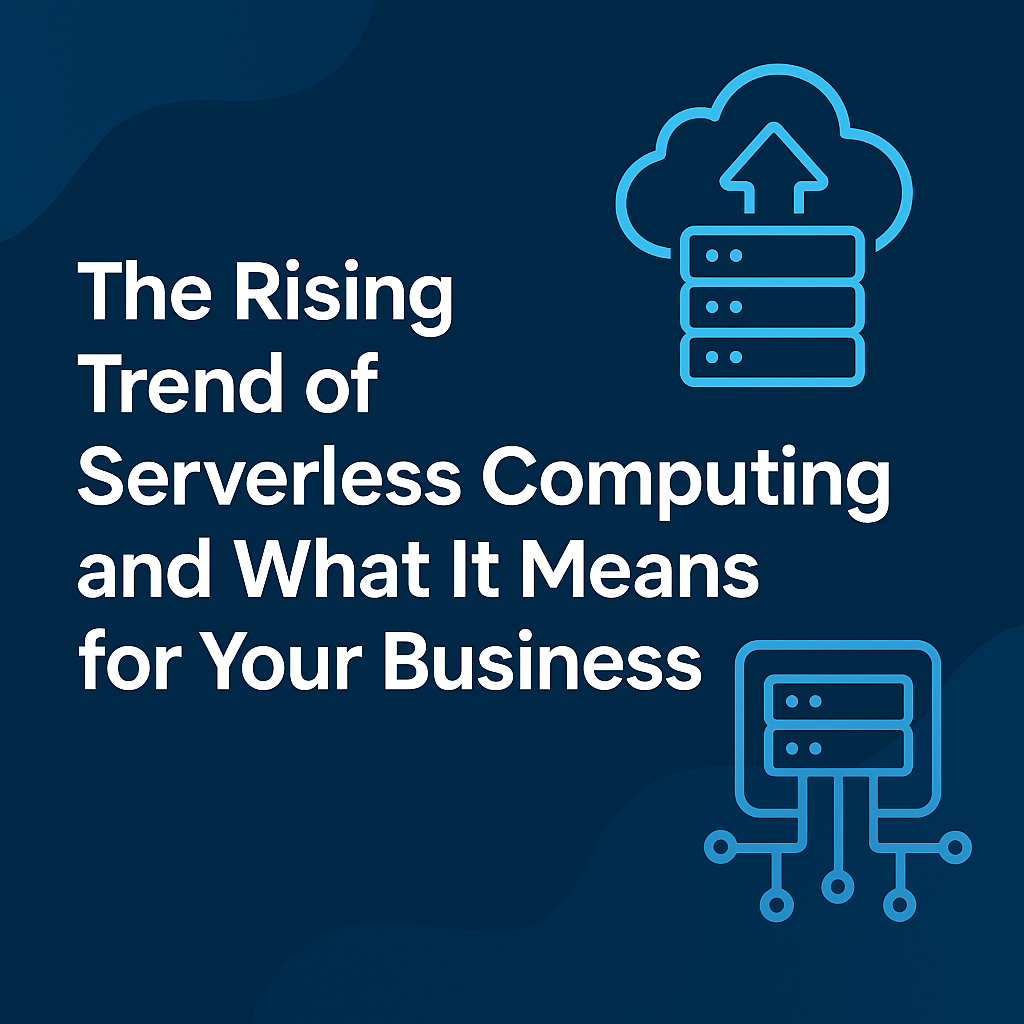In 2025, digital services must operate 24/7 with near-zero tolerance for downtime. Whether it's an e-commerce platform, SaaS product, or real-time AI inference engine — business continuity is non-negotiable. This is where multi-cloud server solutions become indispensable.
Multi-cloud architecture enables enterprises to distribute workloads across multiple cloud providers (AWS, Azure, GCP, private clouds, etc.), ensuring resilience, data sovereignty, and cost optimization. But what makes this approach technically viable for modern infrastructure?
In this blog, we’ll explore the architecture, tooling, best practices, and technical strategies that make multi-cloud infrastructure the gold standard for business continuity.
What Is a Multi-Cloud Server Strategy?
A multi-cloud strategy involves using two or more cloud computing platforms to run different components of a system or application. This could be a combination of public cloud (e.g., AWS + Azure), private cloud, or even on-premises servers.
Benefits:
- Avoid vendor lock-in
- Redundancy for disaster recovery
- Optimized performance by workload location
- Compliance with data residency laws
From a server management perspective, this means dealing with:
- Distributed compute resources
- Cross-platform orchestration
- Consistent observability and configuration management
Core Challenges in Multi-Cloud Environments
While conceptually powerful, multi-cloud introduces several technical hurdles:
1.Network Latency and Interconnectivity
Maintaining low-latency links between providers or regions requires optimized SD-WAN or direct peering.
2.Consistent CI/CD Across Platforms
Using tools like Jenkins, ArgoCD, or GitHub Actions across clouds demands careful template abstraction.
3.Infrastructure Drift
Preventing configuration mismatches via Infrastructure as Code (IaC) tools like Terraform, Pulumi, and Crossplane.
4.Observability and Monitoring
Centralizing telemetry from multiple clouds using OpenTelemetry, Grafana, or Datadog is a must.
5.Data Replication and Sync
Maintaining eventual consistency across cloud buckets, databases, or file systems like Ceph or MinIO.
Server Architecture for Multi-Cloud Environments
Modern multi-cloud deployments include a mix of:
- Cloud-native VMs and containers (AWS EC2, Azure VMs, GCP GKE)
- Bare-metal servers in colocation facilities (for latency-critical workloads)
- Edge nodes (deployed via solutions like K3s or OpenYurt)
- Storage replication services (e.g., AWS S3 → Azure Blob with scheduled sync)
Kubernetes acts as a powerful abstraction layer in this architecture — letting you run the same workloads across providers.
Use tools like:
- Rancher or Anthos to manage clusters across clouds.
- Calico, Cilium for consistent CNI networking.
- Thanos or Cortex for federated Prometheus metrics.
Ensuring High Availability and Disaster Recovery
High Availability (HA) in a multi-cloud setup means no single cloud provider failure should disrupt service.
Strategies include:
1.Load Balancers and DNS Failover
Using global DNS (e.g., Cloudflare, Route53) with health checks for instant routing changes.
2.Distributed Databases
Databases like CockroachDB, ScyllaDB, or Yugabyte support multi-region deployments with automatic failover.
3.Immutable Infrastructure + Blue-Green Deployments
Use IaC + CI/CD to roll out tested server snapshots instantly on any cloud.
4.Snapshot and Object Storage Backup
Automate snapshot replication (e.g., AWS Backup → Azure Recovery Vault) for fast recovery.
Infrastructure as Code: The Glue of Multi-Cloud
Multi-cloud complexity is best tamed using IaC frameworks:
- Terraform: Multi-provider modules for spinning up equivalent infra in AWS, Azure, and GCP.
- Pulumi: Use TypeScript/Python to provision cloud services via native programming constructs.
- Crossplane: Kubernetes-native control plane for managing infrastructure across cloud APIs.
These tools let DevOps teams version, audit, and rollback server infrastructure reliably.
provider "aws" { region = "us-west-1" }
provider "azurerm" { features = {} }
resource "aws_instance" "web" { ami = "ami-abc123" instance_type = "t3.medium" }
resource "azurerm_virtual_machine" "vm" { name = "vm1" location = "East US" resource_group_name = "myRG" network_interface_ids = [azurerm_network_interface.nic.id] }
Observability and Monitoring in Multi-Cloud
Tracking server performance, cost, and health across cloud boundaries is mission-critical.
Solutions:
- OpenTelemetry for consistent logging/tracing/metrics
- Grafana Loki + Tempo for unified dashboards
- Cloud Cost Trackers (e.g., Kubecost, Finout) for multi-cloud expense analysis
- eBPF-based real-time monitoring using tools like Pixie
Always centralize monitoring so alerts are not missed across providers.
Case Study: Business Continuity with Multi-Cloud
Scenario: A fintech startup uses:
- AWS for main application
- Azure for disaster recovery
- DigitalOcean for developer testing environments
In 2025, an AWS region outage impacted all US-East workloads. Within 6 minutes:
- DNS redirected users to the Azure mirror app
- Postgres replicated via Citus automatically took over
- CI/CD re-pointed image pushes to Azure Container Registry
No downtime. No data loss. That’s the power of multi-cloud done right.
Conclusion
As digital infrastructure becomes mission-critical, downtime is not an option. Multi-cloud server solutions offer a robust framework for business continuity, enabling redundancy, performance optimization, and compliance — all while avoiding vendor lock-in.
With the right mix of server strategy, Kubernetes orchestration, IaC tools, and monitoring, even small teams can build resilient systems that rival large enterprises.

















